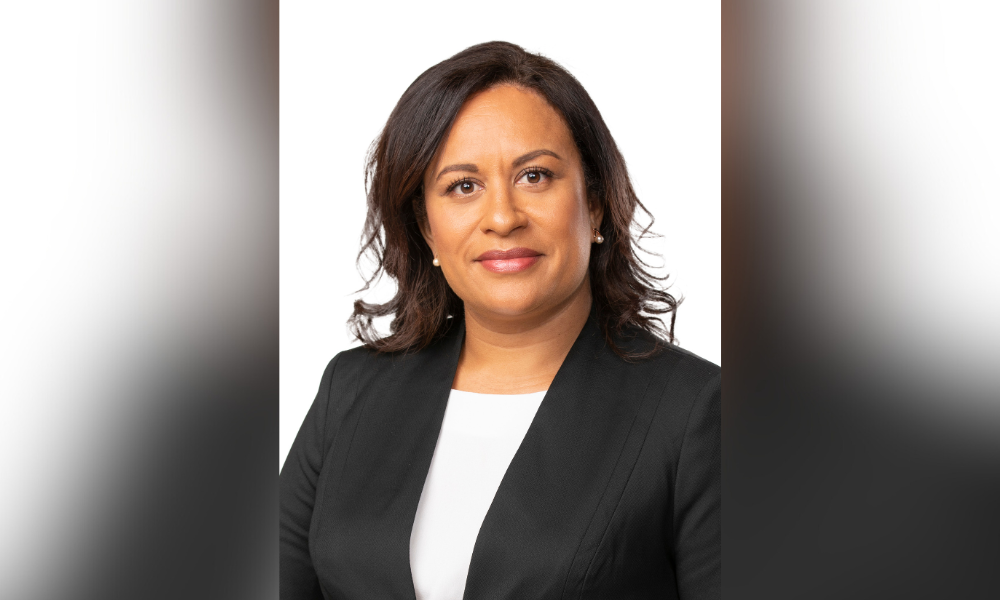There is more pressure than ever before on this and it’s not going away. With this constant focus on productivity, Craig Mason outlines the implications for HR professionals.
There is more pressure than ever before on this and it’s not going away. With this constant focus on productivity, Craig Mason outlines the implications for HR professionals.
Is there a more important concept for HR practitioners to be across as we approach 2013 than Productivity?
Businesses are continuing the long journey of doing more with less. Nothing new here but it seems the pace of the journey has picked up. There is more pressure than ever before on this and it’s not going away.
This month we look at some of the implications for HR professionals and the tool kit they will need to employ to meet the challenge of this environment and assist to drive productivity in their businesses.
Productivity – two examples
“Productivity – HR’s Role” was the theme of a recent panel discussion hosted by The Next Step. At the discussion, senior HR practitioners in the audience heard about some of the challenges at two of Australia’s leading companies, Lend Lease and Qantas.
Deborah Coakley, Head of Group People Capability, Loyalty & Corporate from Qantas and Michael Vavakis, Group Head of HR from Lend Lease, both provided insights into how the HR teams within their respective organisations were leading key initiatives to drive productivity improvements. They also described how both organisations are driving their own HR transformation agendas to implement or further imbed revised HR operating models that will improve productivity in HR services.
The platform for productivity gains at Lend Lease relates to building synergies across their global operations. At Qantas, the productivity platform relates to improving performance to deal with a competitive landscape and also integrating new advanced technology in the form of aircraft, ticketing and check-in facilities.
Similarities
Whilst Qantas and Lend Lease represent organisations from different industries with very different challenges in their business environments, there are some similarities in the productivity agendas in each business that are being driven through HR. These are:
- Implementation/further rollout of HR Shared Service Centres to manage operational HR functions
- Driving consistency of ‘people’ processes across each organisation as a means of delivering productivity gains; and
- The use of technology to automate various people processes to guarantee ‘consistency of process.’
The meaning of it all
Both panel members made a clear case that the objectives for implementing revised HR operating models was not just related to cost minimisation, but to enhance HR services to better meet customer needs.
At the end of the day, better HR service delivery ensures stronger alignment to business needs and a more consistent and professional customer experience improving the overall standing of the HR function.
Not only that, HR in both organisations will be providing to their internal customers new and improved business insights through analysis of key operating metrics.
Opportunities for a different role in HR
Both panel members argued that the exciting outcome will be a different role in the future for HR Business Partners. This will require a different tool kit for Business Partners who will need to be able to:
- Manage and analyse data to drive better business decisions;
- Drive workforce planning;
- Implement specific talent management initiatives;
- Originate and evaluate organisational effectiveness initiatives;
- Initiate and manage workforce cost reviews; and
- Drive career frameworks and measure improvements.
Tool kit of the future HR business partner
Both Deborah and Michael were quite clear that the tool kit of the future HR Business Partner will need to develop from that which was required in the past.
HR Business Partners will need a tool kit that requires:
- Business analytics;
- Organisational design;
- Organisational development based on data;
- Business and commercial insights; and
- Workforce planning.
The final word
The reality is that end-to-end, high touch HR generalist roles are becoming a thing of the past in large, more sophisticated HR organisations.
Full end-to-end HR roles will only continue in the foreseeable future in less developed environments and smaller organisations that do not have the scale to implement advanced technology and Shared Services (which isn’t just about recruitment).
Therefore, HR practitioners that intend to stay relevant and attractive in the market need to face reality and understand where their weaknesses are. This is particularly in regards to these new capabilities that are demanded by the market now and will be increasingly so in the future.
In other words, future interview questions won’t be “tell me about a difficult grievance matter you have had to deal with?” Future questions will instead be: “What set of metrics did you use to inform and drive a significant productivity improvement in the business?”; or “Here are a set of metrics about a theoretical company. Tell me what’s happening in the business.”
How many HR folk out there are ready for that? It’s coming in 2013.
About the author
Craig Mason is the Managing Director of The Next Step, a specialist consulting practice in the human resources market. For more information call (02) 8256 2500 or email [email protected]. Website: www.thenextstep.com.au.








